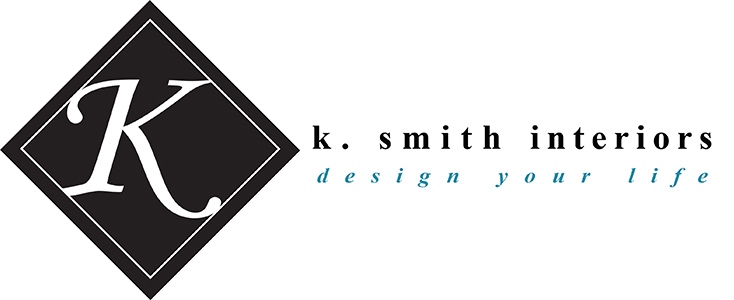One of the best parts of being in the interior design industry is that there are constant new innovations and intriguing products to utilize. We are so fortunate to learn about these great products thru design trade shows , product meetings with vendors and keeping our finger on the pulse of the industry. As part of a new series of blogs we would like to let you know a bit about new products that have our attention. Easily one of the fastest growing trends in fabrics these days are fabrics that can perform and stand up to the needs of our hectic , busy lifestyles. Fabrics that can stand up to stains are especially necessary for large families. Recently we met with our rep at Fabricut and discussed this growing trend and were introduced to the new line of fabrics Fabricut is currentyl offering with FibreGuard technology.
The fabrics are gorgeous , feel great ( not that plastic feeling that most protected fabrics have) and have a huge selction on colors and styles.
This video shows how the FibreGuard performs
These fabrics from Fabricut are so user friendly and we can't wait to implement them in a design. Design Your Life !









